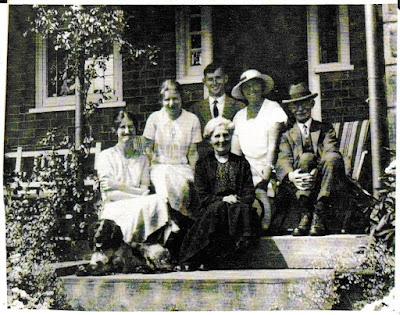 |
| From Iddesleigh church |
Several branches of my paternal ancestors were rooted in Iddesleigh the neighbouring parish to Broadwoodkelly, where the Sampson family were yeoman farmers for many centuries. There were offshoot branches also established in nearby Dowland and Monkokehampton. The piece here is from a layered prose-poem written after a recent visit to the area in search of graves and sites linked with the family. It includes the names of several generations of our forbearers who lived in these parishes.
Do also look at Finding Sites the Older Way; Broadwoodkelly, which links with this piece and the ancestral branch of the people it features.
















